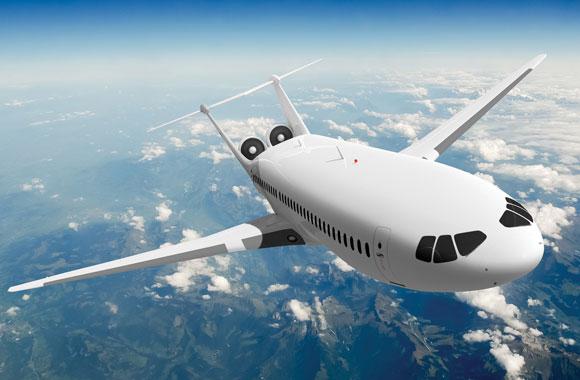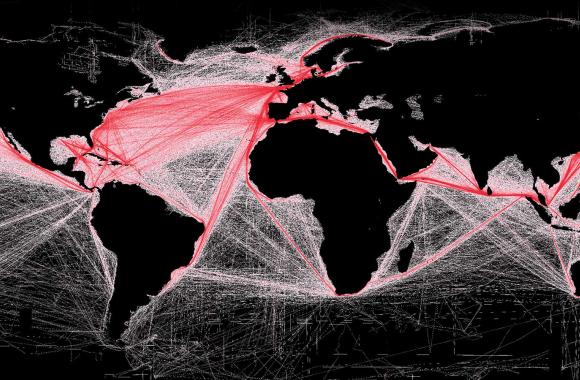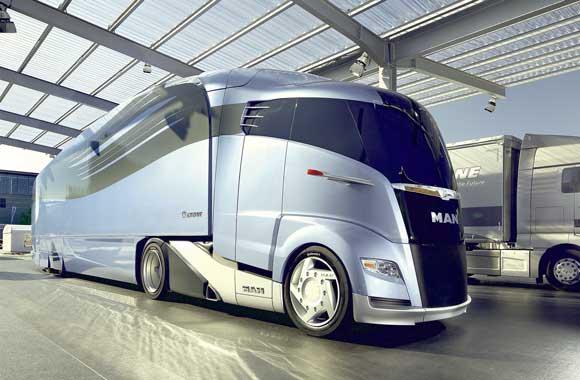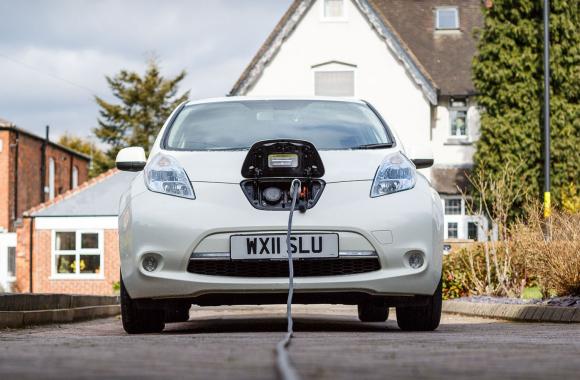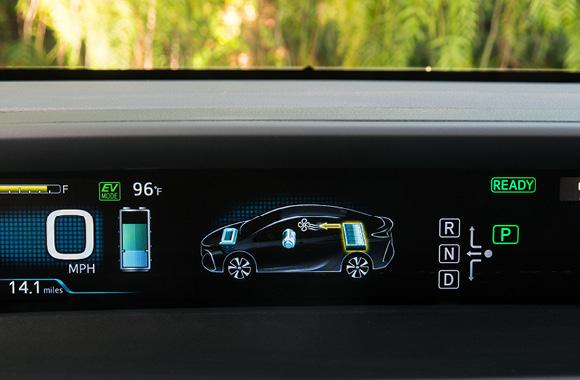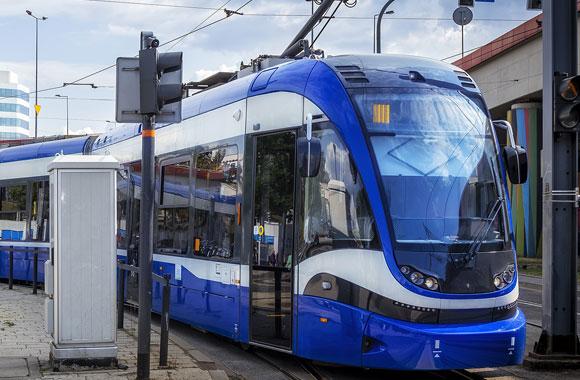Electric Trains
Electrified tracks allow freight trains to stop burning dirty diesel. When powered by renewables, electric trains can provide nearly emissions-free transport.
Reduced/Sequestered
2020–2050
To Implement
Operational Savings
Impact
Globally, electrified rail comprised 296,000 kilometers of track in 2018. If that increases significantly by 2050 and much more freight travels on electrified tracks, carbon dioxide equivalent emissions can be reduced by 1.91–3.25 gigatons. This additional electrification could cost US$0.66–1.43 trillion, saving US$2.16–4.77 trillion over the lifetime of the infrastructure. Converting high-usage corridors first can lower net costs.
Introduction
Project Drawdown’s Electric Trains solution focuses on electrifying freight train tracks to reduce energy consumption. This solution replaces the use of diesel freight trains.
Railways are efficient modes of transportation and a critical part of goods transport worldwide. Trains transport 28 billion passengers and more than 12 gigatons of freight annually. Due to their nature, railways are limited in destinations and flexibility, but they tend to have low operating costs and are often used to transport lower-value goods such as coal, oil, and bulk materials.
About 37 percent of the global track length was electrified in 2018, according to the International Railway Union (UIC, 2021). This percentage has grown over the past two decades by amounts that vary widely from year to year.
Electrification costs are high, since electrical power has to be supplied all along the length of the tracks, often through overhead cables. However, once electrified, running costs are very low, so for high-demand routes, electrification can be very financially attractive. Electrification is promoted by global bodies as a way to reduce operating costs and emissions, so a continuation of electrification growth can be expected. As electricity production shifts to renewables, rail has the potential to provide nearly emissions-free transport.
Methodology
Total Addressable Market
We define the total addressable market for electric trains as the total number of metric ton–kilometers of all freight demand projected to 2050. This analysis compares the financial and climate impacts of electrified freight rail transport with those for regular tracks and diesel-powered trains. We estimated current adoption (the amount of functional demand supplied in 2018) of freight moved on electrified tracks as 2.1 percent of all freight moved globally. We projected the tonnage of freight service using electrified lines from 2020 to 2050 based on several sources.
Adoption Scenarios
We calculated impacts of increased adoption of electric trains from 2020 to 2050 by comparing two growth scenarios with a reference scenario in which the market share was fixed at current levels.
- Scenario 1: This scenario assumes that electrification of lines follows historical electrification trends and that the amount of freight moved by electric trains is slightly above historical trends and rises to 10.38 trillion metric ton–kilometers (6 percent of the total addressable market) by 2050.
- Scenario 2: In this scenario, countries and companies make efforts towards electrification and put in place policies to encourage a switch from road to rail which will happen on newly electrified lines. The amount of freight moved by electrified tracks rises to 13.24 trillion metric ton–kilometers (7 percent of the addressable market).
Emissions Model
We based avoided emissions on the reduction in fuel use from replacing conventional trains, as well as on additional grid emissions from increased electricity use.
Financial Model
There is no conventional first cost because solution first costs represent the additional costs to acquire and install a kilometer of electrified freight rail. We obtained operating costs for non-electrified and electrified freight from nine sources, including the International Energy Agency and the UIC.
Integration
We accounted for the additional demand on the electricity grid resulting from the growth of electrified track usage in the integrated total market for electricity. To avoid double counting, the emission benefits provided by an increasingly cleaner grid are not reflected here, but rather are accounted for directly in the supply-side energy solutions.
Results
All monetary values are presented in 2014 US$.
Scenario 1 estimates emissions reductions of 1.91 gigatons of carbon dioxide equivalent greenhouse gases at a net first cost to implement of US$0.66 trillion. The lifetime net operational savings are US$2.16 trillion.
Scenario 2 results in emissions reductions of 3.25 gigatons of carbon dioxide equivalent greenhouse gases with a net first cost to implement of US$1.43 trillion, but with lifetime net operational savings of US$4.77 trillion.
Discussion
There is a growing trend toward decarbonizing transport. Freight gets a particular emphasis because it accounts for more emissions than passenger travel. Most countries have a freight decarbonization goal. These typically include shifting from road to rail and also electrifying rail (IEA, 2019; OECD/ITF, 2021).
This model shows that the rail freight industry could expect to see a positive net present value and emissions reductions globally through electrification.
We did not consider the use of passenger rail services on electrified tracks (i.e., shared-use corridors), or other efficiency measures such as lighter trains and better train control technology. These may provide additional financial benefits or challenges.
Freight rail electrification can play a part in the global march toward drawdown, and many countries and operators are already on their way.
References
International Energy Agency (IEA) (2019). The Future of Rail – Analysis. https://www.iea.org/reports/the-future-of-rail
International Union of Railways (UIC). (2021) Statistics. https://uic.org/support-activities/statistics/
OECD/International Transportation Forum (2021). ITF Transport Outlook 2021. https://www.itf-oecd.org/itf-transport-outlook-2021
What You Can Do
If your company relies on railroads for freight transportation, encourage the rail services it uses to move toward electrification.
Support government policies that advance the adoption of renewable energy in place of fossil fuel–based electricity generation.
- Expand your knowledge by exploring another Drawdown solution.
Co-benefits
Electric trains alleviate the need to use land for roads and highways and improve air quality by reducing fossil fuel combustion.




